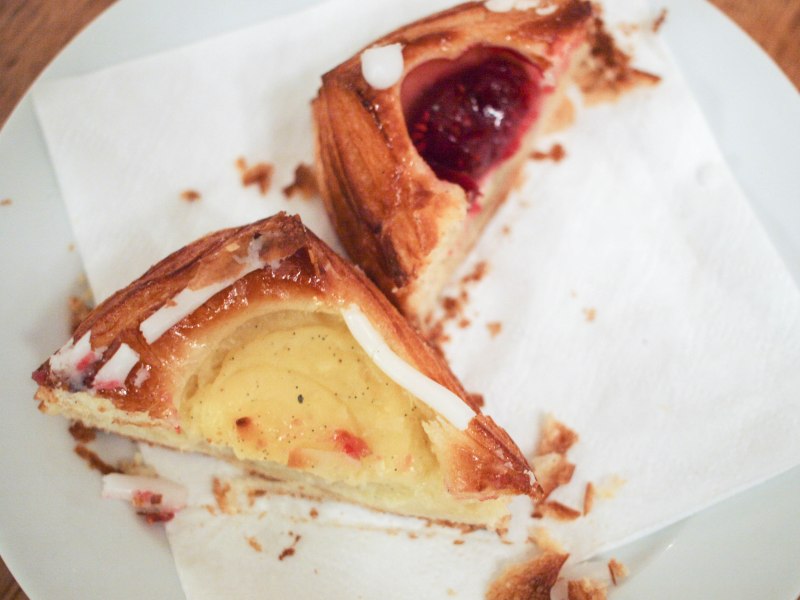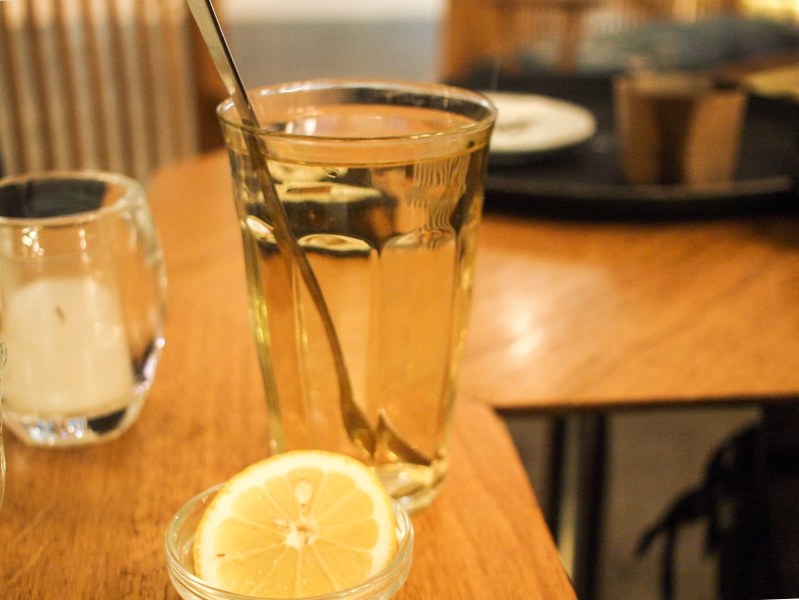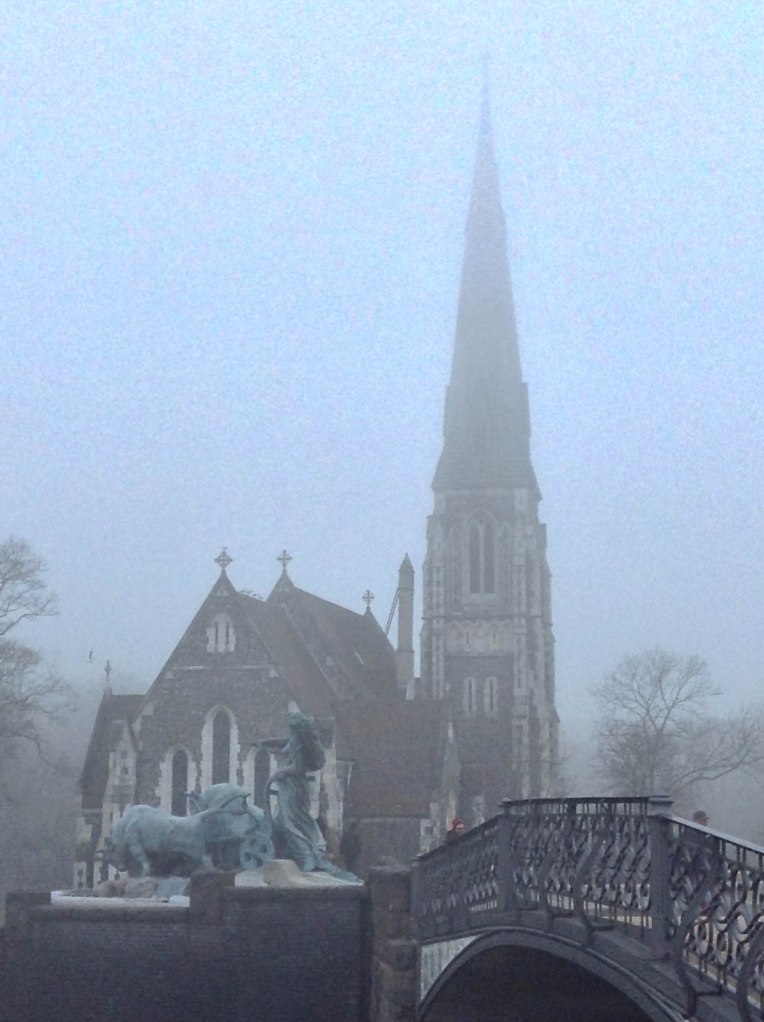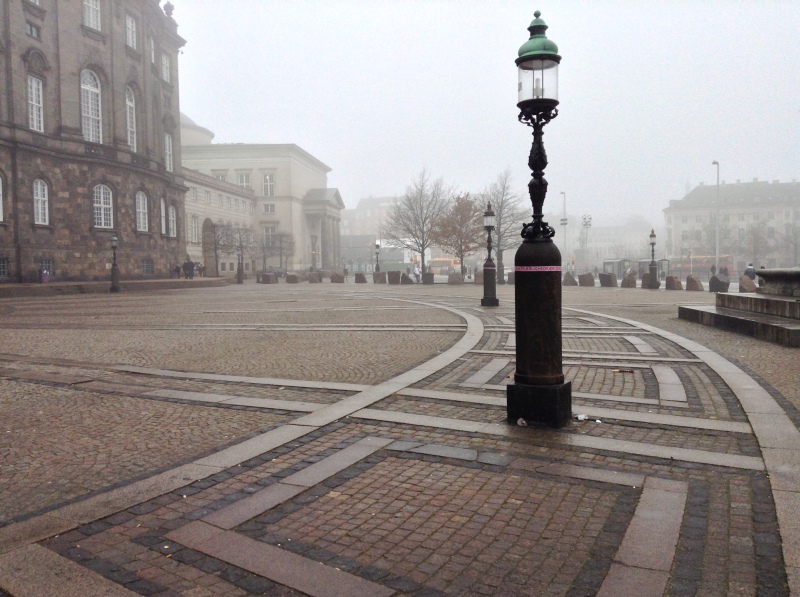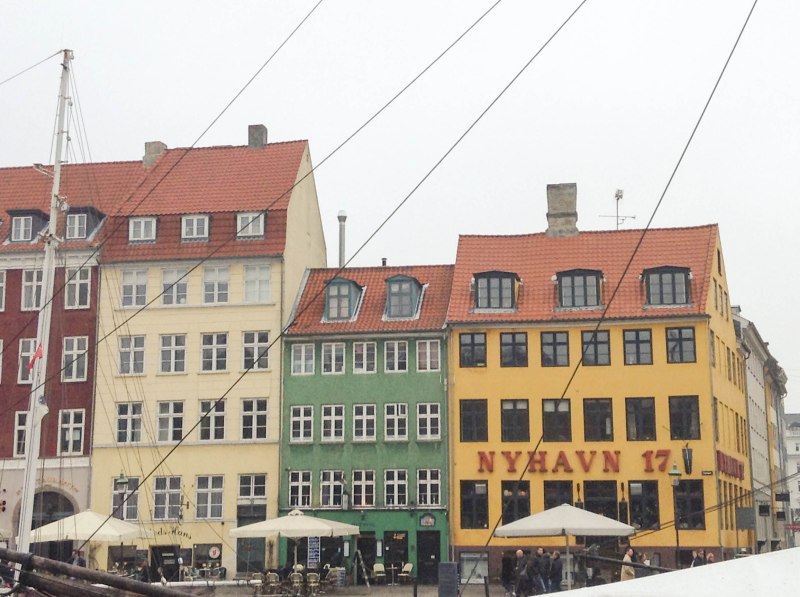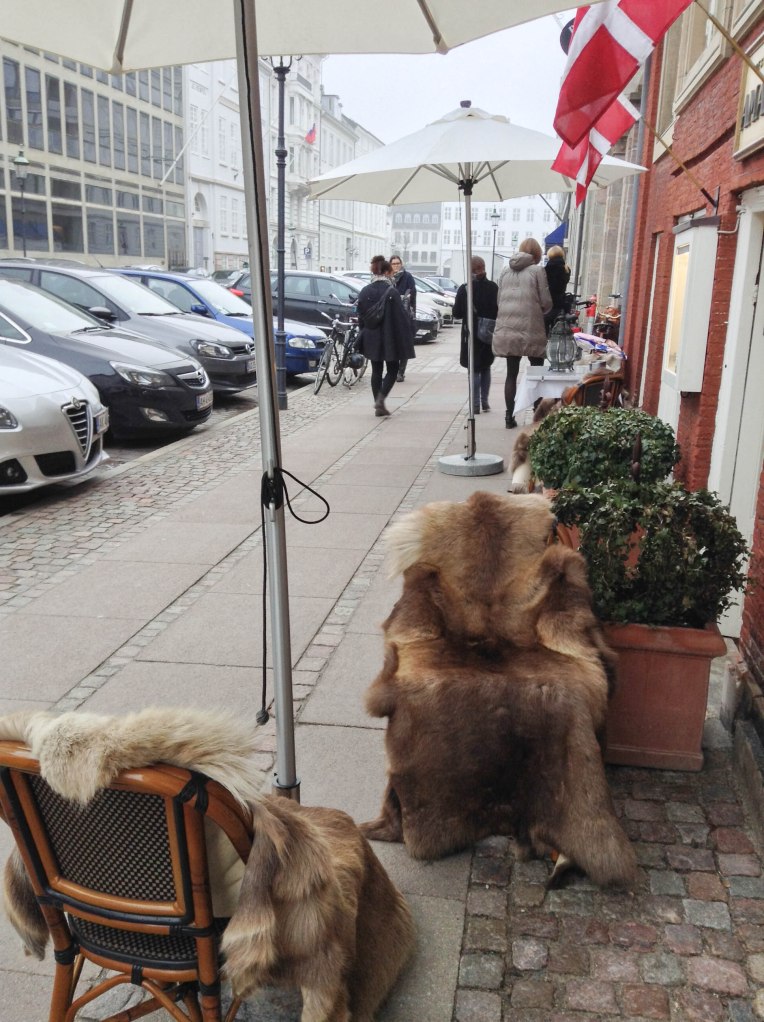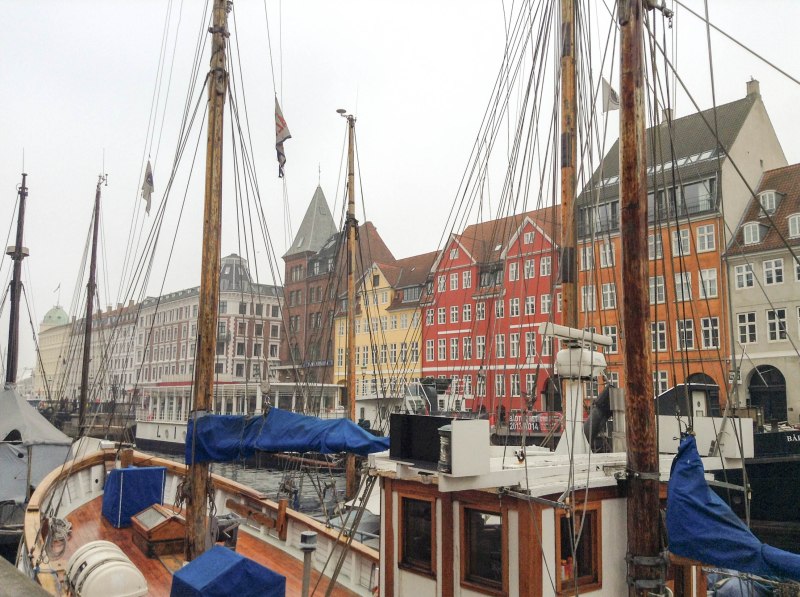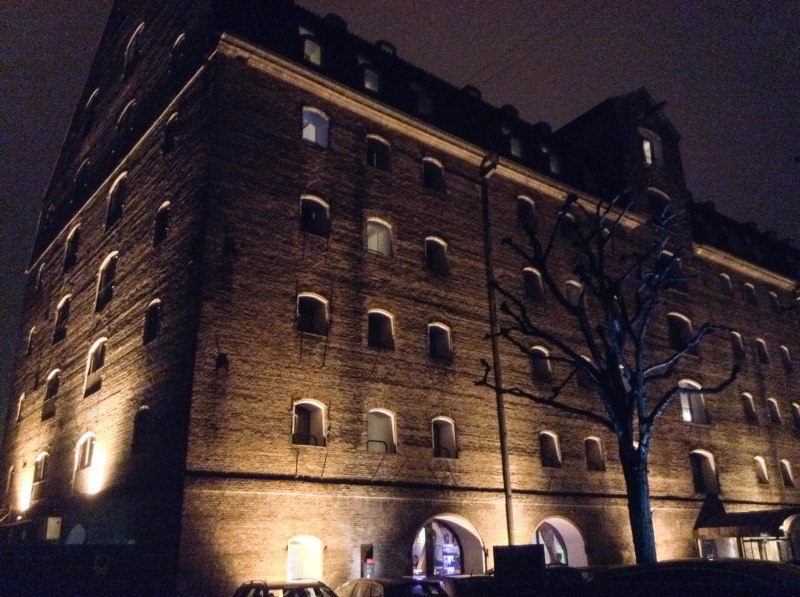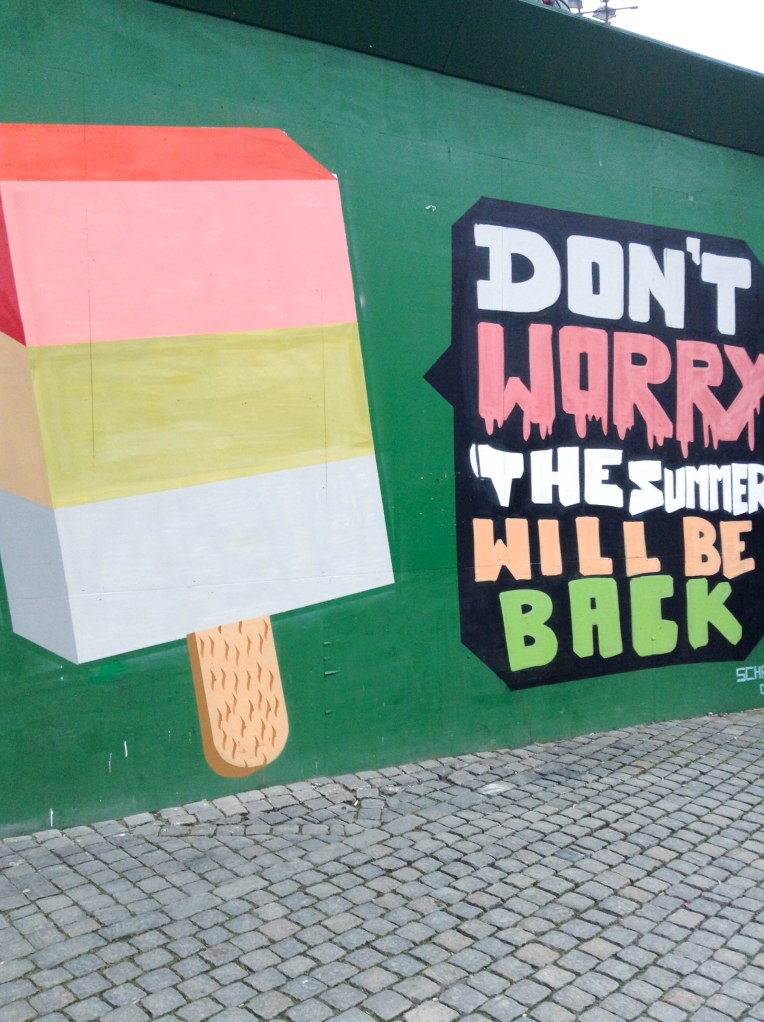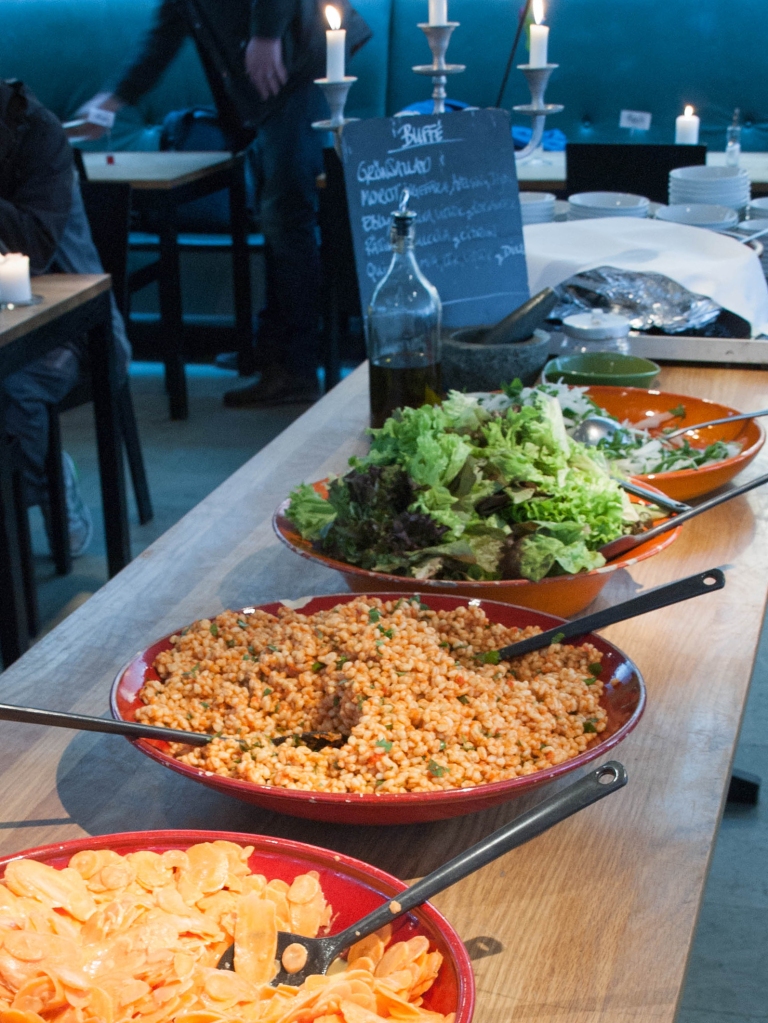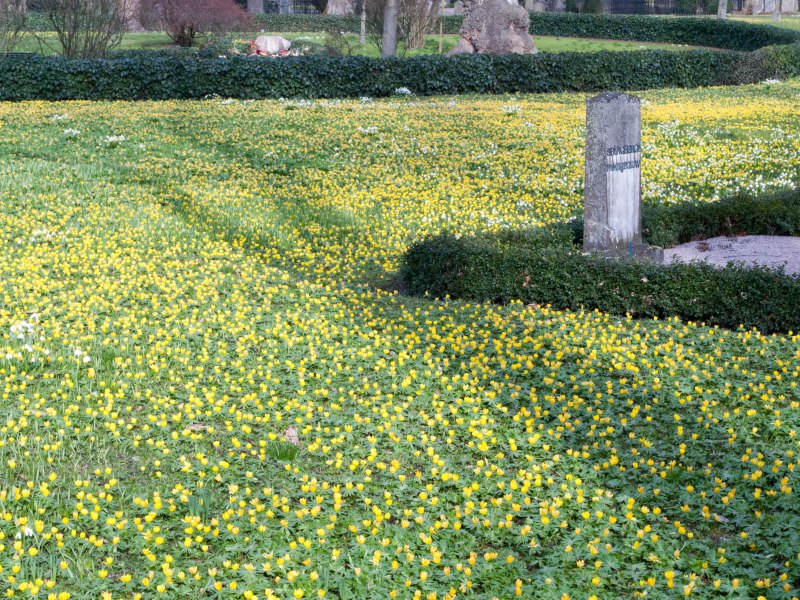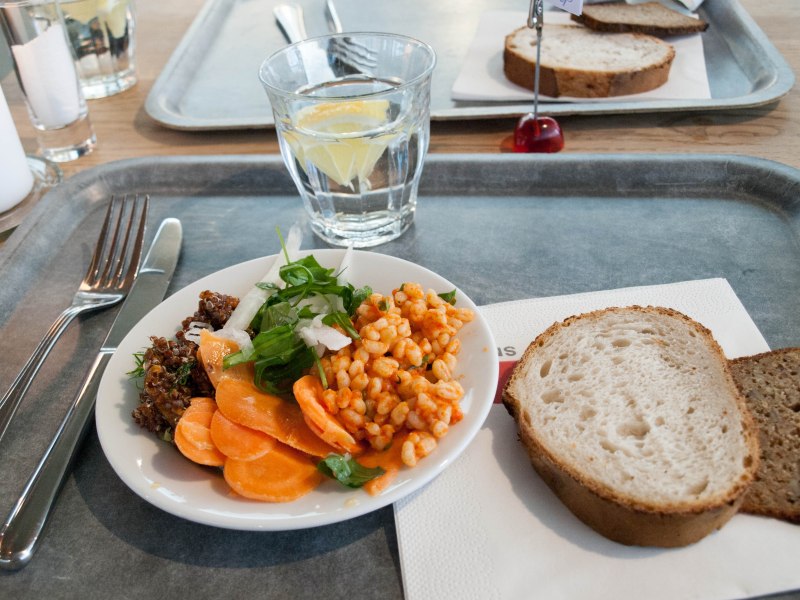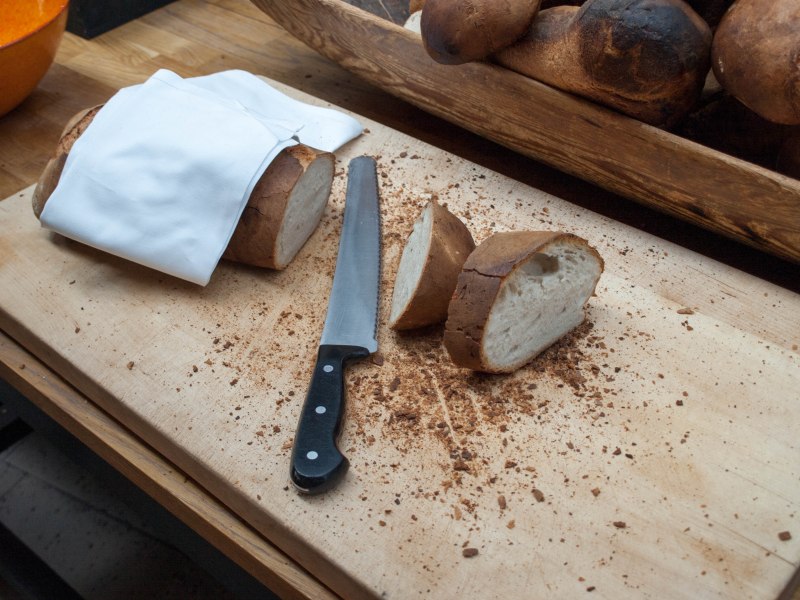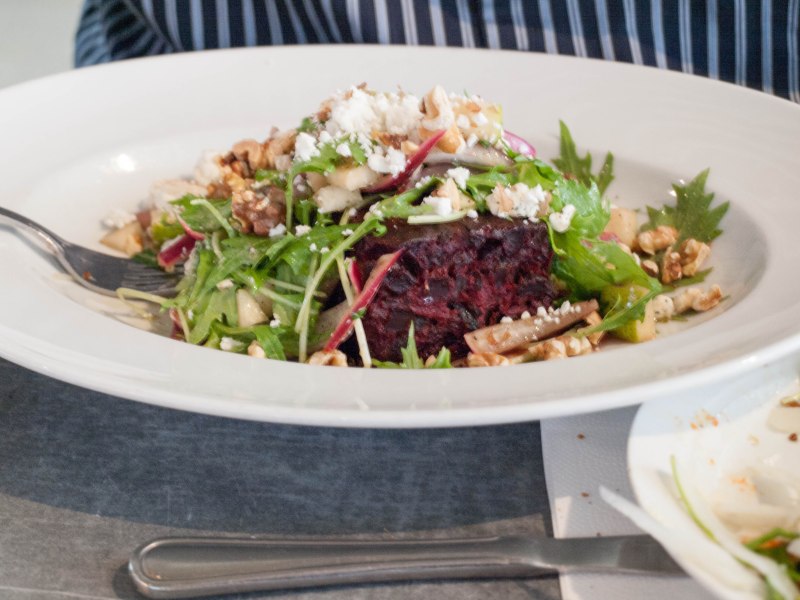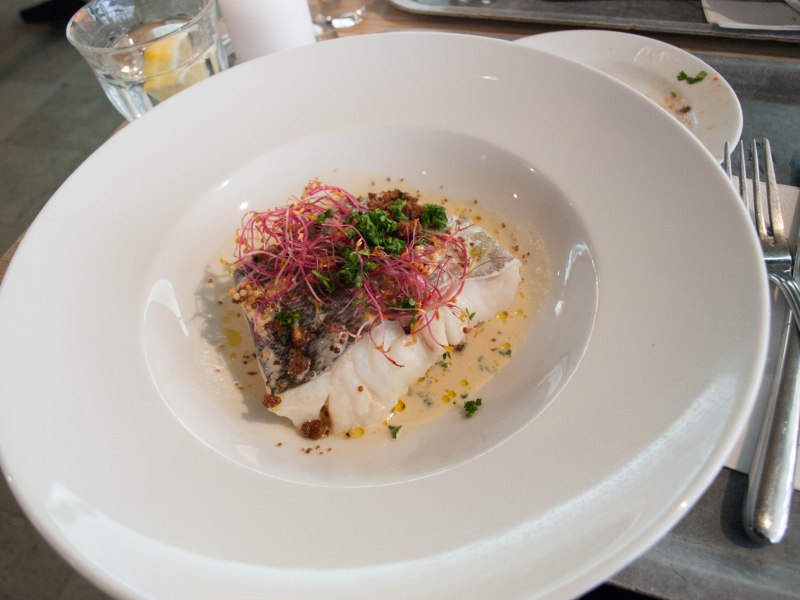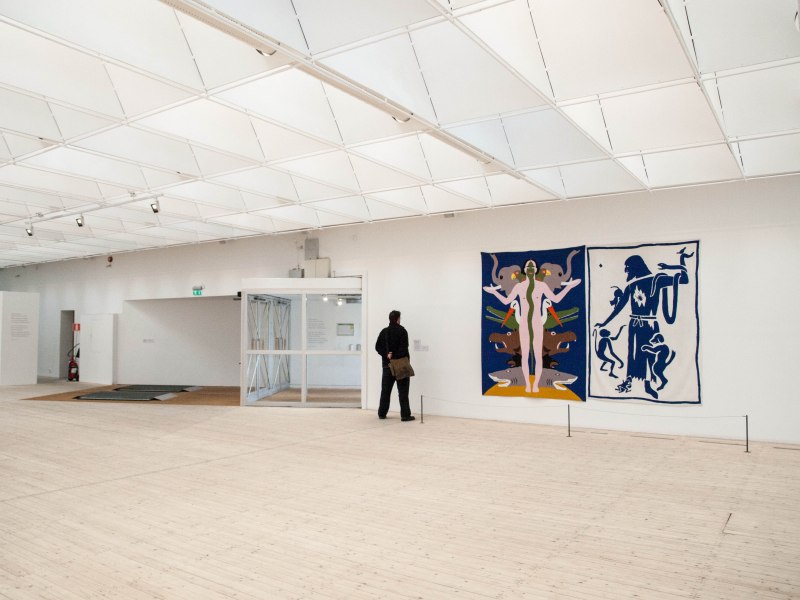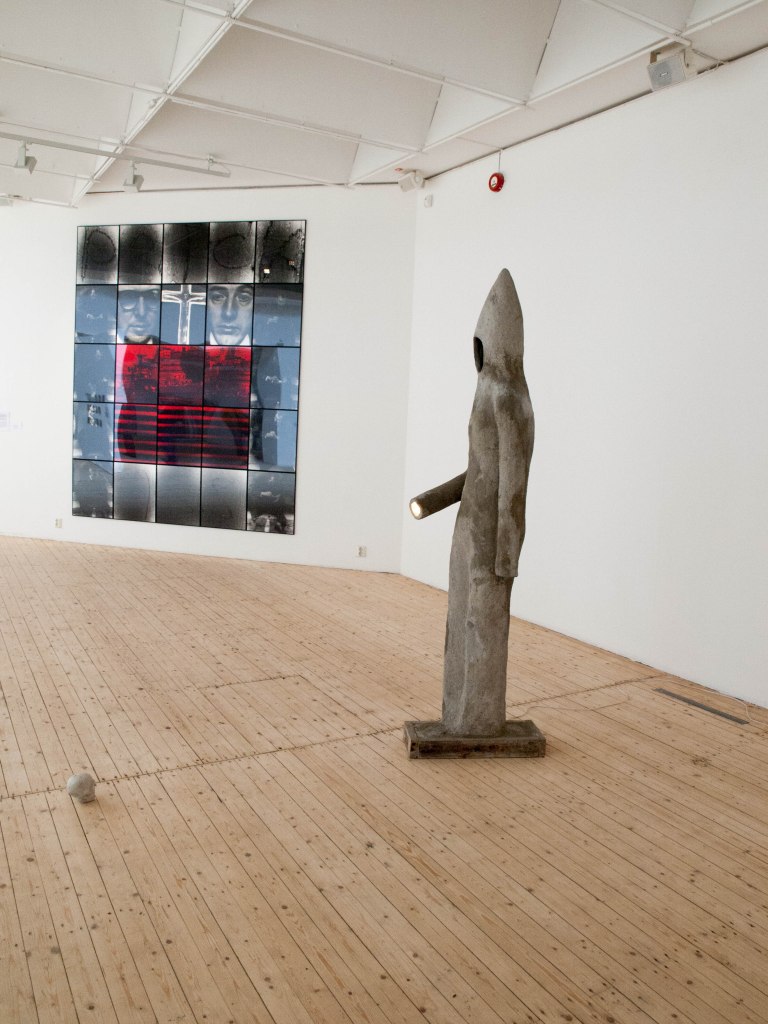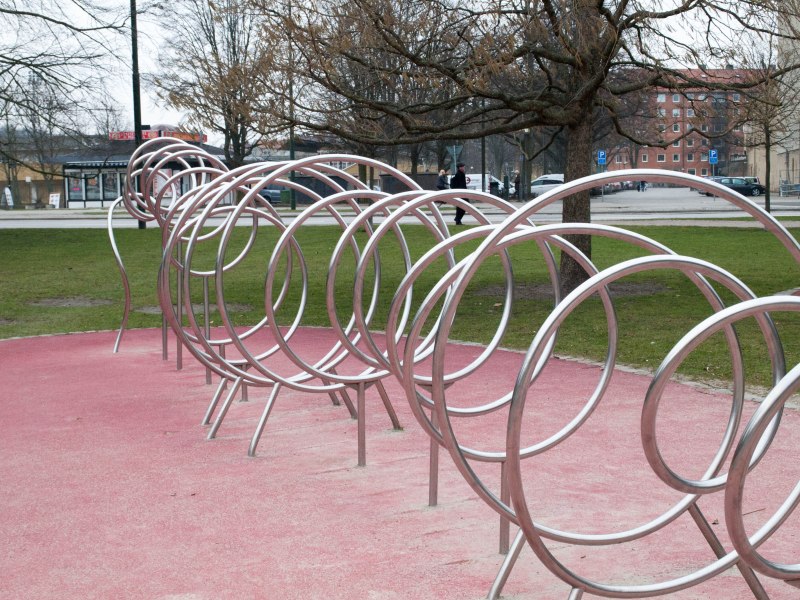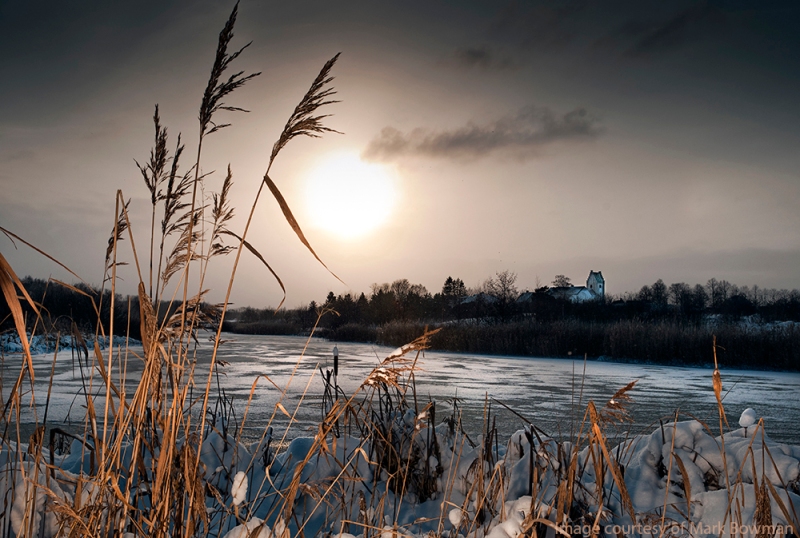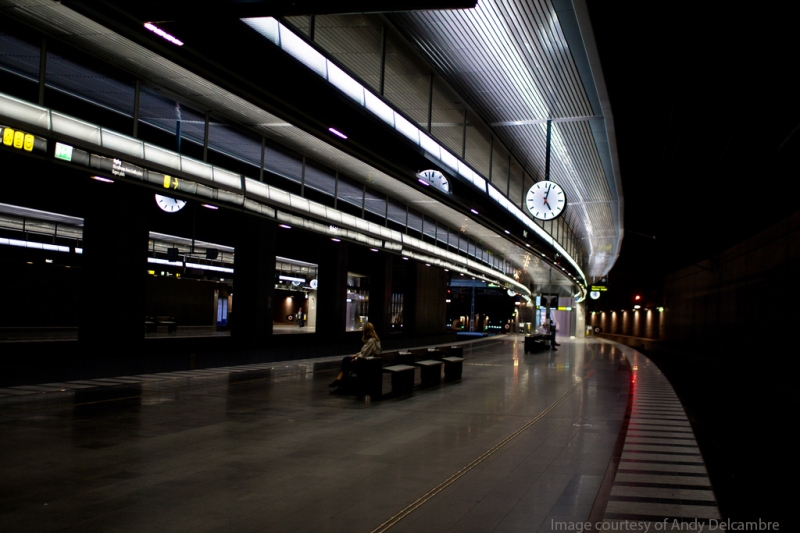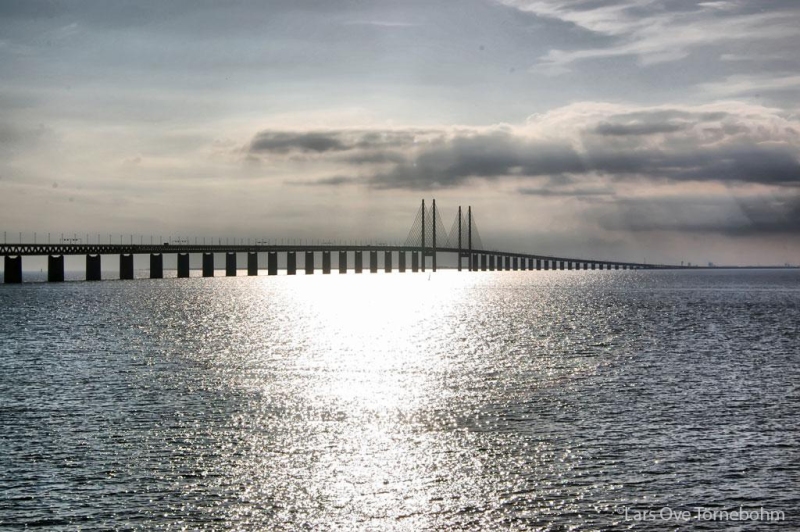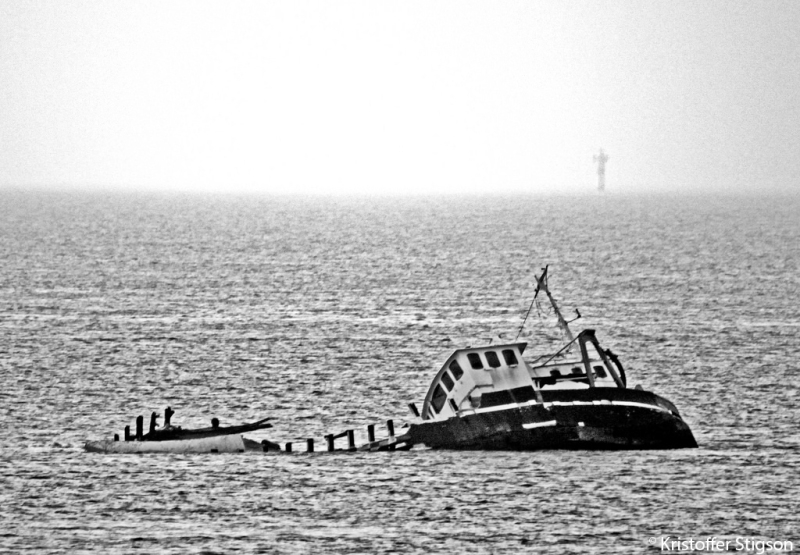Long before my first visit to Copenhagen, my mother traveled there to accompany my sister on an audition. Mom was delighted to report that the Øresund area had a thriving food culture and that the breakfast pastries in Denmark were some of the best she’d ever tasted. “They’re hard to describe,” she said. “There was fruit filling, and the pastry was light, but not overly crispy. It was almost like a… danish!” There was a pause, then everyone (including Mom) burst out laughing at the silliness of this minor eureka moment.
It makes perfect sense that the pastries in question would be called danishes. They are to Danes what croissants are to the French, and they can be found in every bakery and cold breakfast spread in Copenhagen. Oddly enough, despite their popularity, Denmark hesitates to claim these pastries as their own. The Danish call it wienerbrød, which translates as “bread of Vienna”, because locals credit Austria with the invention of this breakfast staple . Meanwhile, Austrians return the volley by referring to these pastries as Kopenhagener Plunder or Dänischer Plunder.
Figuring that a danish by any other name probably tastes just as sweet, Scott and I headed to Andersen Bakery to try them for ourselves. One of Copenhagen’s top bakeries, Andersen is named for the city’s native son, Hans Christian Andersen, and its history is almost a fairy tale in itself.
Once upon a time, a Japanese baker named Shunsuke Takaki visited Copenhagen and fell in love with the beautiful Danish pastries. He was so taken by their loveliness that when he returned to his home in the faraway land of Japan, he opened his own Danish bakery in Hiroshima. As the years passed he opened more Andersen Bakery locations, and soon the land was filled with the magical aroma of fresh bread. He ruled over these bakeries wisely, but his heart always yearned for the country where he was first inspired. Years later, Takaki’s son and daughter fulfilled their father’s dream and opened three Andersen bakeries in Copenhagen, followed by another in San Francisco.
The story ends, as every fairy tale should, with much rejoicing. Takaki’s dream is manifest in a gleaming bakery with long rows of golden and jewel-colored delights, and just one bite of Andersen’s fabled danish was enough to make me feel like I could live happily ever after. The wienerbrød’s base was an unusually tender puff pastry that had all the flaky, airy qualities you’d expect on top of an almost strudel-like chewiness. The icing was just the way I like it: not overly sweet, but perfectly set without a trace of hardness. Of the two danishes we ordered, the raspberry one was filled with an intensely flavorful seedless jam that was well balanced in sweetness and acidity. The vanilla cream version was equally impressive with generous flecks of raw vanilla bean sprinkled throughout its velvety custard filling.
Almost as enticing as its pastry selection was Andersen’s array of warm beverages. I ordered hyldeblomst saft, which the menu board helpfully translated as “elderflower water”. Unlike in Canada, where you only find elderberry in cocktails and Monty Python and the Holy Grail, this wild woodland blossom is a staple of the Scandinavian flavor profile. My drink was served warm with lemon, and while its flavor was certainly floral, it was more like chamomile flower than rose or jasmine. After the vivid and balanced flavors of the pastries, the elderflower water was shockingly sweet, which made me wonder why it was served with a spoon. It certainly didn’t need any added sugar, and the floral notes would not have stood up to milk. Nevertheless, the spoon was there, and having nowhere else to put it, I left it in the glass where it made breakfast interesting by poking me in the eye a few times.
If you’re in Copenhagen, I’d definitely recommend stopping in at Andersen Bakery for breakfast. The danishes are unquestionably delicious, and if you have a sweet tooth, give the hyldeblomst saft a chance. Despite its sweetness, it really is very good; so much so that next time someone tells me my father smells of elderberry, I will take it as a compliment.
Andersen Tivoli/Nimb
Bernstorffsgade 5, København
Tel: 033 75 07 35
Now go away, or I shall taunt you a second time.

